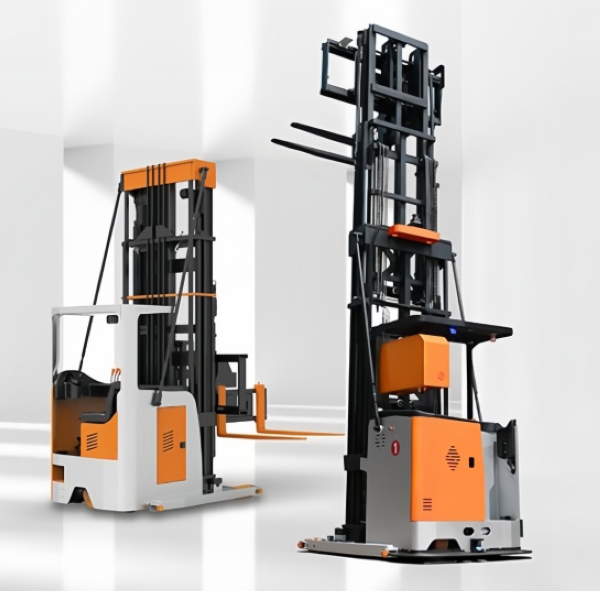Forklift refers to a self-propelled vehicle that can be directly operated by the driver (including remote control) and lifts the load to a certain height for operation through the gantry and fork, including counterbalanced forklifts, reach forklifts, side forklifts, leg-type forklifts, pallet stackers and three-way stacking forklifts.
"Three zones": factory areas, tourist attractions, amusement parks and other specific areas except road traffic and agricultural vehicles.
Factory areas refer to manufacturing plant areas with clear management boundaries, engaged in processing, assembly, etc., ports (terminals), railway freight yards and logistics parks.
Tourist attractions refer to areas with clear management boundaries that are included in the management of scenic spots, parks, zoos and botanical gardens.
Amusement parks refer to areas with clear management boundaries that are included in the management of amusement parks and theme parks.
2. Classification
Counterbalanced forklift
A lifting vehicle with a lifting fork in front of the vehicle body and a counterweight at the rear of the vehicle body is called a counterbalanced forklift, or forklift for short. It is suitable for loading, unloading, stacking and moving finished goods in ports, stations and enterprises. Forklifts below 3 tons can also operate in cabins, train carriages and containers. After the fork is replaced with various attachments, the forklift can carry a variety of goods, such as bulk materials after replacing the bucket.
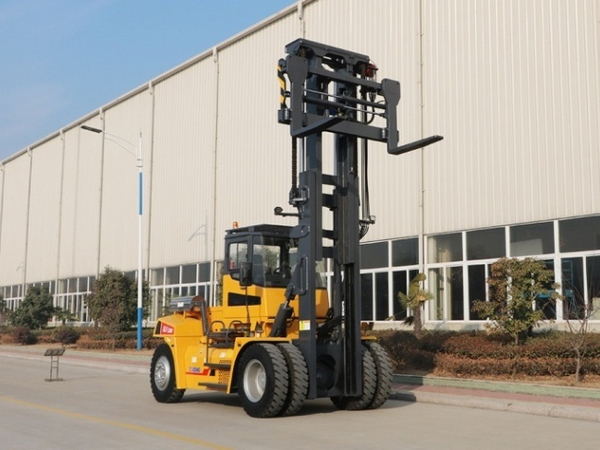
The forward-moving forklift is an industrial handling vehicle and a type of warehouse forklift. It refers to a forward-moving wheeled handling vehicle for loading, unloading, stacking and short-distance transportation of finished pallet goods. It is used for the transportation of large objects in storage, usually battery-driven. The forward-moving forklift combines the advantages of counterbalanced electric forklifts and stackers, and has the characteristics of environmental protection and energy saving, low noise, high lifting, and small working space.
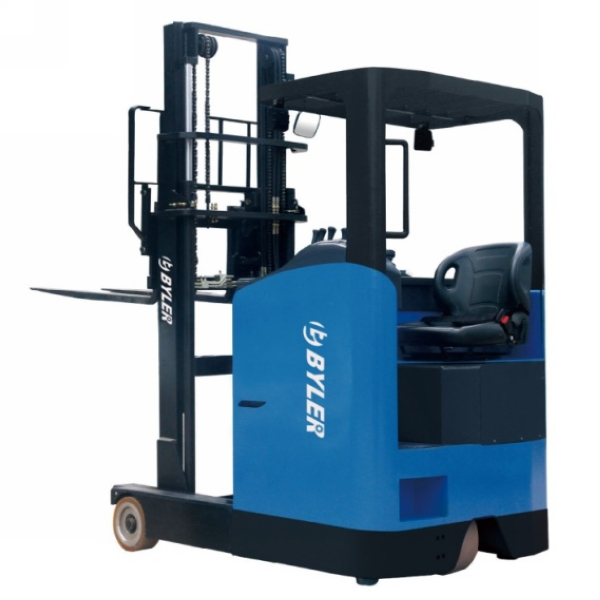
The mast, lifting mechanism and fork of the side-type forklift are located in the middle of the forklift and can move along the transverse guide rail. The fork is located on the side of the forklift, and there is also a cargo platform on the side. When the fork rises along the mast to a height greater than the cargo platform, the mast retracts along the guide rail, the fork is lowered, and the cargo is placed on the cargo platform of the forklift. The mast and fork of the side-type forklift are on one side of the vehicle body. The vehicle body enters the channel, and the fork faces the shelf or cargo stack, so loading and unloading operations do not need to turn before operation.
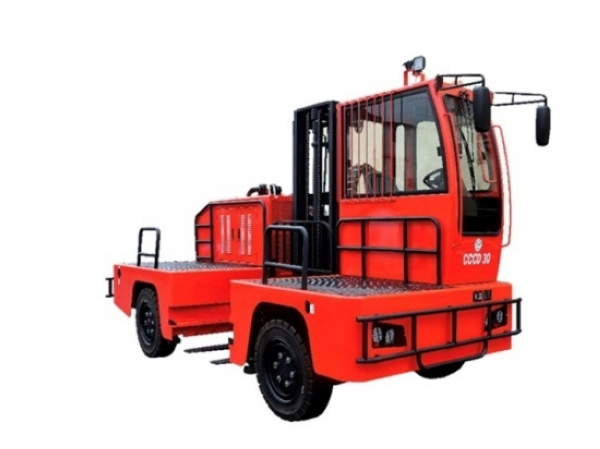
The leg-type forklift is a forklift with legs. It is generally made into a three-point form with two legs, and the fork is located between the two legs. During operation, the two legs can straddle the outside of the cargo, and the cargo fork is used to pick up the cargo. The vehicle model is small, usually battery-driven, and some are manual. There are two operating modes: pedestrian-operated and seat-operated. It is characterized by a short body, light weight, simple structure, small turning radius, and can be used for right-angle stacking in narrow channels. It is mostly used for operations in warehouses, trucks and containers.
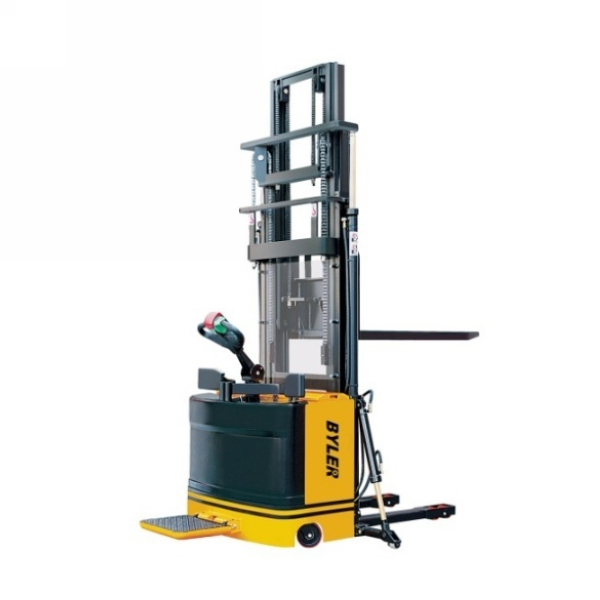
Pallet stacker refers to a small vehicle with a power transmission device and a power lifting device that can load, unload, transport and stack pallets and palletized goods. It belongs to the battery stacking vehicle. Pallet stacker is suitable for operations in narrow passages and limited spaces, and is an ideal tool for the warehousing and logistics industry.
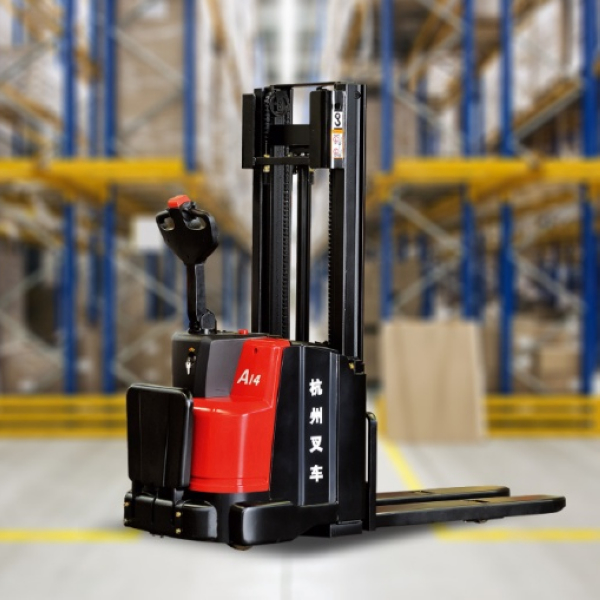
Three-way stacking forklift has forward, left and right three-way operation functions, can work in narrower passages, can effectively use the height and width of the warehouse to increase the storage area, thereby improving the use efficiency of the warehouse. It has been widely used in machinery manufacturing, pharmaceutical and other industries as well as supermarkets, shopping malls, food cold storage and other places to implement loading, unloading, storage, handling and stacking operations.
